5 Awesome Cars Powered By The Legendary Nissan RB Engine
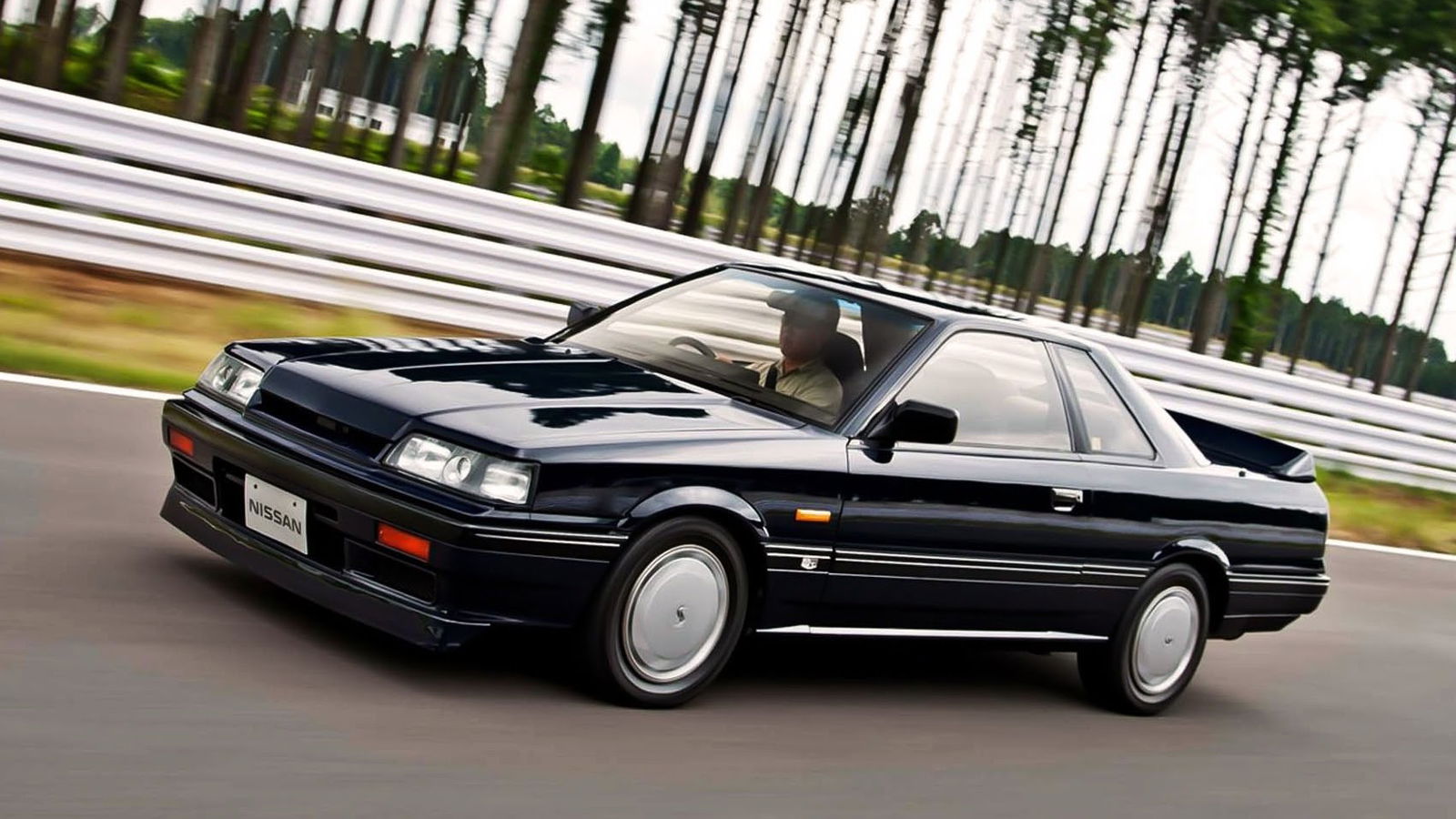
Manufactured between 1985-2004, Nissan’s legendary straight-six has managed to achieve the status of an all-time great. Especially within the JDM and modification sects of the automotive world, these under-stressed, balanced powertrains have been used in some true performance giants over the years as well as being shoe-horned into the unlikeliest of chassis. From docile single-cam beginnings, the RB morphed into an engine that would take on the world of sportscar racing and completely dominate at events like the Bathurst 1000.
The strong cast-iron blocks of the RB have made them popular (especially the RB26) for those petrolheads susceptible to the odd bit of tuning, although Nissan themselves never went near the possible limits. With RB engines safely being coaxed to over 500bhp with some fettling and then well past 1000bhp with heavy modification, it’s safe to say that these powerplants are some of the most versatile engines ever produced. Here’s a look at the different iterations of these race-bred powertrains and the different cars that were lucky enough to use them.
Released in 1988, the Cefiro A31 shared an engine, transmission and rear suspension with the R32 Skyline. Found in rear-wheel drive and all-wheel drive form, the Japanese saloon used the largest-capacity RB engine of the time, the 2.5-litre RB25DE. This was Nissan’s non-turbocharged twincam inline-six that was capable of a respectable 187bhp, although the Cefiro also saw use of the turbocharged RB20DET.
Weirdly, Nissan also used its slightly agricultural RB24 engine in specifically the Latin American exported cars which were renamed as the Nissan Laurel. These engines were – you guessed it – 2.4 litres in capacity and featured the cylinder head from the RB30E, a RB25DE/DET engine block and the crankshaft from the RB20DE/DET. These engines were carburetted and were good for 139bhp and 145lb ft of torque.
Nissan Skyline R31 GTS-R
The Nissan RB engine first set out its stall within the seventh generation of Skyline, the R31. Known as the RB20, this 2.0-litre engine could be found in N/A and turbocharged form depending on the application. This powertrain reached its zenith in 1987 through the RB20DET-R which used a single turbocharger, larger than the turbine used on the less-powerful RB20DET found in the Fairlady 200ZR.
The GTS-R was built to homologate the car and engine for Group A racing and managed 207bhp in road car trim and 424bhp for racing. An RB20-powered GTS-R romped to the 1990 Australian Touring Car Championship title before ducking out of the way of the incoming R32 Skyline which went on to further Nissan’s motorsport success in the 90s.
Calsonic R32 Skyline GTR
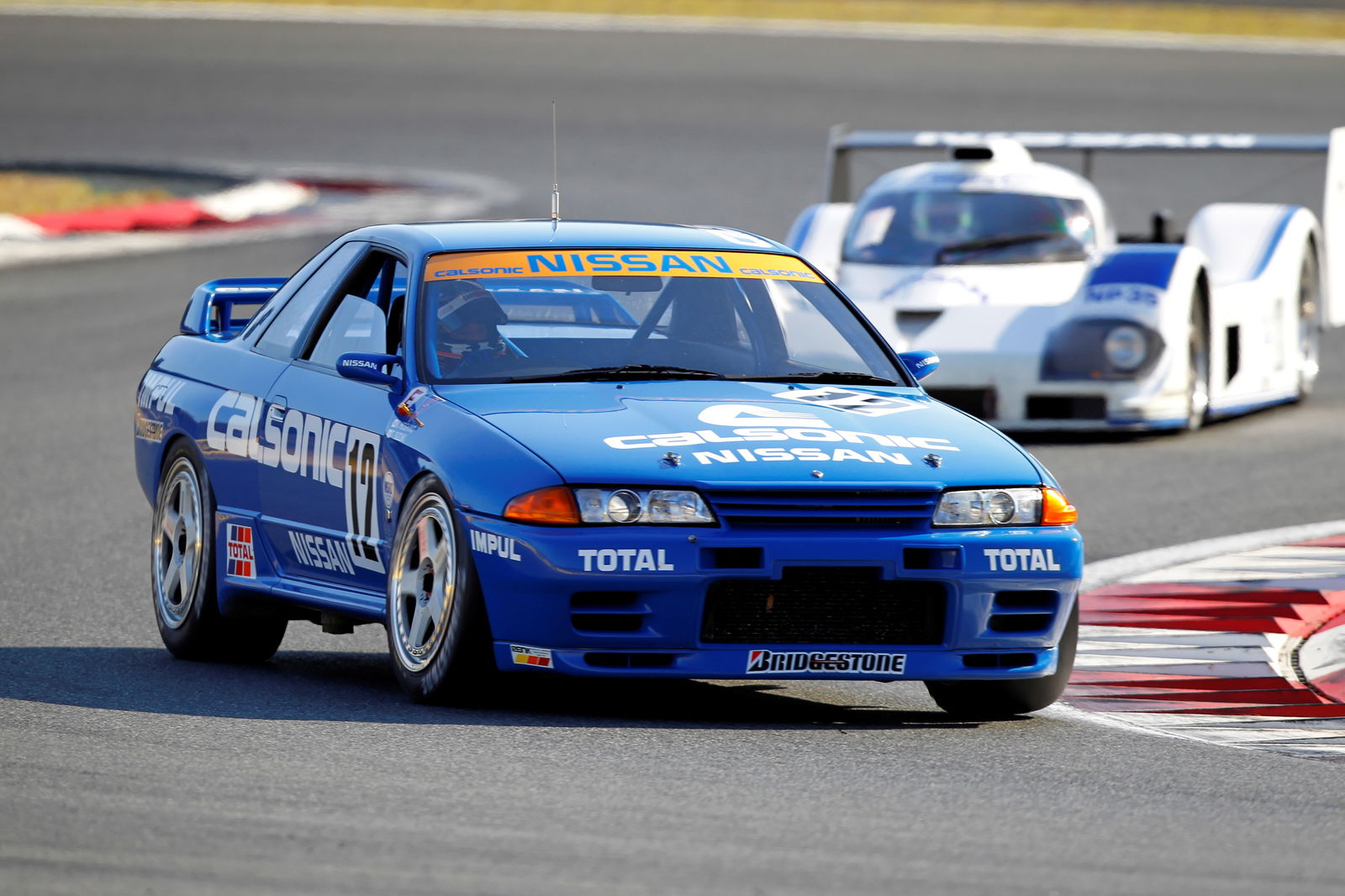
Achieving immortality partly thanks to the Gran Turismo PlayStation game, the Calsonic GTR was one of Japan’s most successful racing cars. After the utter madness of Group B racing, Group A reigned things in a touch and emphasised the use of stock road cars as a base.
The technology that the R32 GTR brought to the table (especially its electronic torque split and four-wheel steering system) saw it demolish race-prepared E30 M3s and Ford Sierra RS500 Cosworths. Shining at multiple endurance races, the Australian press gave the GTR its legendary nickname ‘Godzilla’, a label that has stuck with every generation of Skyline GTR since.
The Calsonic R32 used potentially the most famous RB powertrain – the RB26DETT. That last bit stands for Dual-Overhead Camshaft Electronic Concentrate Control System Twin Turbo, in case you were wondering. This engine was tuned to between 550-650bhp in the Calsonic car depending on the race and the year, which – when combined with a 1260kg kerbweight – was more than enough to see the Skyline set a new performance standard.
Nissan R33 Skyline GTS-T
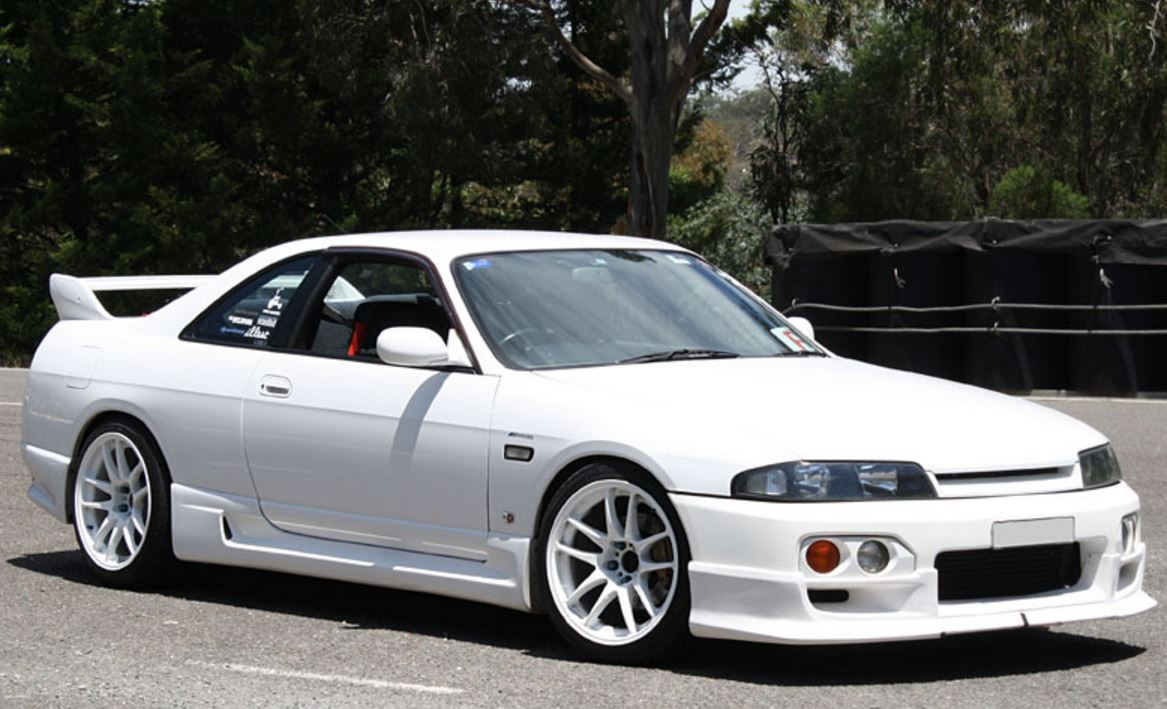
The understudy to the full-blown GT-R, the GTS-T is often overlooked as an option into JDM motoring partly due to the tendency for people to slap GTR bumpers on them.
The GTS-T utilised the RB25DET producing 246bhp with 2.5-litres of displacement and a single turbocharger. Taking over from the RB20DET, this bored-out engine was produced from 1993 and contained a new variable intake cam system which made for an increase in power and torque low-down in the rev range.
Despite its lack of a second turbocharger when compared with the GT-R, the R33 GTS-T was still capable of the sprint to 60mph in 6.2 seconds, a 0.2-second decrease in time when compared to the R32 equivalent. These cut-price Skylines often bare the brunt of the heaviest of modifications due to the want for GT-R credibility, so finding a clean example can be tough. Find an unmolested car however, and you may have an appreciating classic on your hands.
Nissan Skyline Nismo 400R
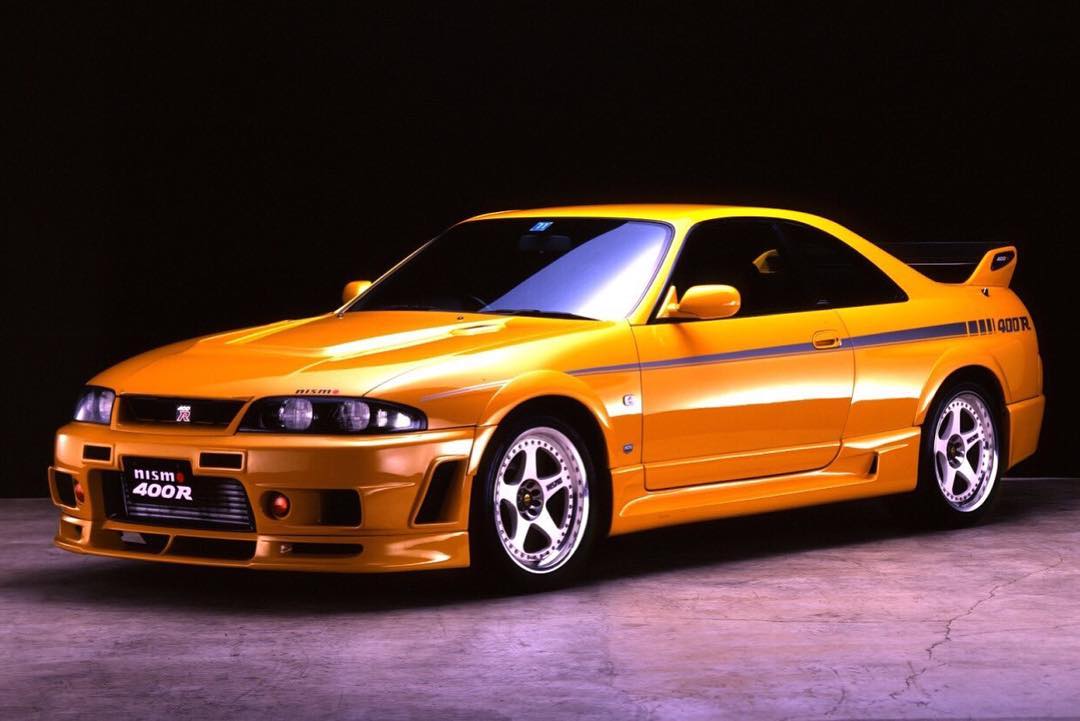
Potentially the peak of the Skyline road car family, this limited-edition GT-R completely reworked the R33 using inspiration from the GT-R LM that had raced in the 1994 and 1995 Le Mans 24 Hours. Swapping out the RB26DETT for the RB-X GT2 produced by tuning company Reinik, displacement was increased to 2.8 litres due to boring and stroking.
This made for 395bhp and 347lb ft of torque which was combined with carbon driveshafts and a carbonfibre rear wing making for the most extreme road-going Skyline yet. Considering the RB-X engine proved itself at Le Mans and Pikes Peak, the 400R has some solid motorsport DNA within it and as only 44 examples were ever produced, you’ll struggle to find one for much less than $85,000 (£68,000).
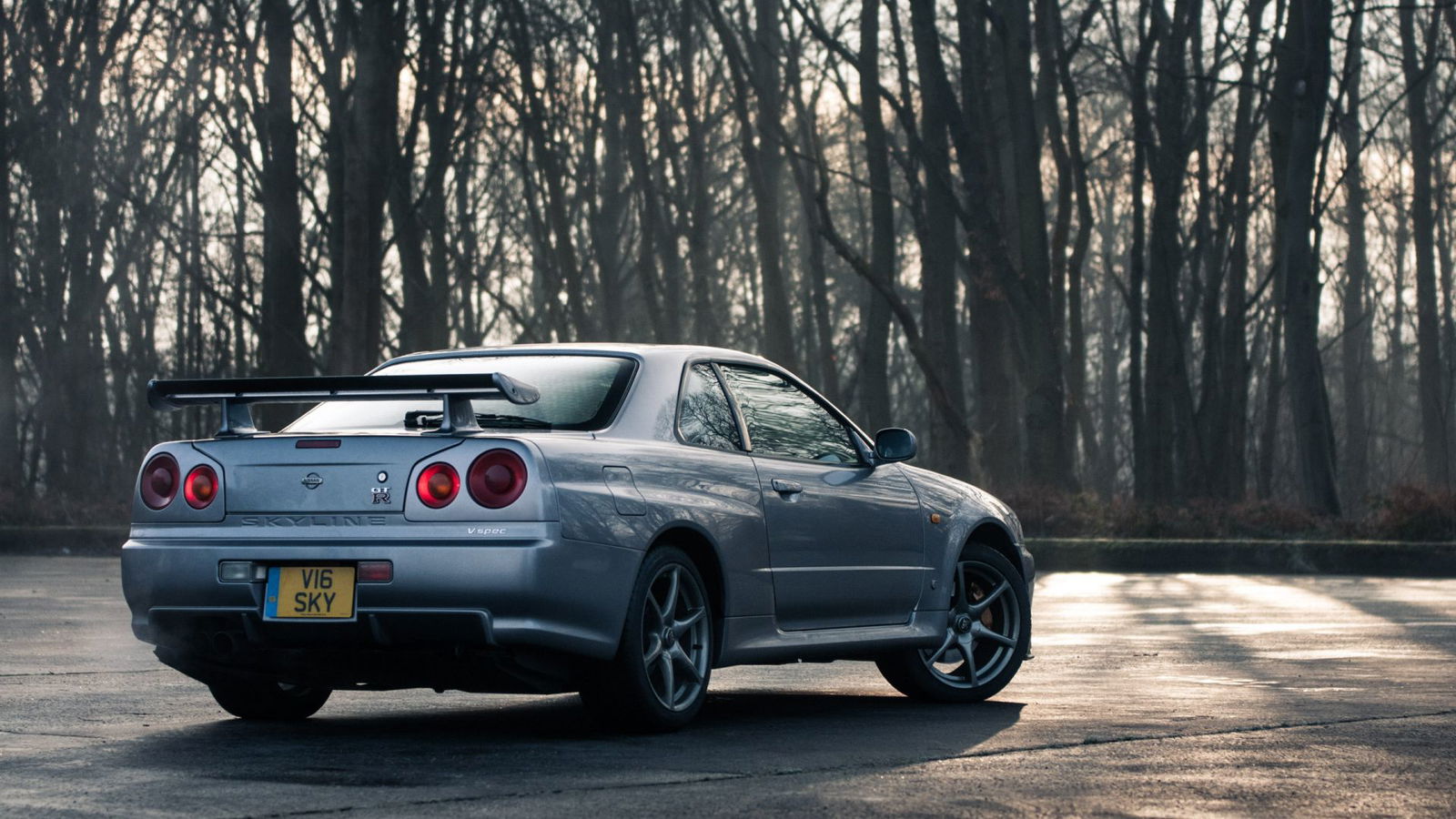
Whether or not Nissan foresaw it at the time, the RB engine has become a timeless powertrain that has a long future in car modification. Ranging from 2.0-3.0-litres, these engines can be found sitting in vast rows at JDM-specialists, ready to be slotted into the next unsuspecting chassis.
With stock internals of the likes of the RB26 capable of handling up to 600bhp, Nissan managed to produce an engine that rivals the might of Toyota’s JZ powertrains. Which one is better is an argument for another day, but it’s safe to say the late-20th Century was a heyday for Nissan and performance engines.
What is your favourite application of the RB engine?

Comments
This article should be pretty popular, some people on here love the RB26 more than their own mother.
(insert fanboy’s “nice post” comments here)
Straight six engines are a wonder in terms of balance and smoothness. Hopefully they are coming back to occupy the spot the V6 has taken in the mid-2000’s
I might be slightly biased but the best application was the Stagea 👌
You left out #6
Where’s the Stagea?
Now do one for the LS-series of engines, m8s!
When RB is life, but family is also life.
And we could have just gone here and read the same thing.
For when us Aussies wake up, what about these weapons?
Pagination